- Home
- Articles
- Architectural Portfolio
- Architectral Presentation
- Inspirational Stories
- Architecture News
- Visualization
- BIM Industry
- Facade Design
- Parametric Design
- Career
- Landscape Architecture
- Construction
- Artificial Intelligence
- Sketching
- Design Softwares
- Diagrams
- Writing
- Architectural Tips
- Sustainability
- Courses
- Concept
- Technology
- History & Heritage
- Future of Architecture
- Guides & How-To
- Art & Culture
- Projects
- Interior Design
- Competitions
- Jobs
- Store
- Tools
- More
- Home
- Articles
- Architectural Portfolio
- Architectral Presentation
- Inspirational Stories
- Architecture News
- Visualization
- BIM Industry
- Facade Design
- Parametric Design
- Career
- Landscape Architecture
- Construction
- Artificial Intelligence
- Sketching
- Design Softwares
- Diagrams
- Writing
- Architectural Tips
- Sustainability
- Courses
- Concept
- Technology
- History & Heritage
- Future of Architecture
- Guides & How-To
- Art & Culture
- Projects
- Interior Design
- Competitions
- Jobs
- Store
- Tools
- More
The Place of Park Areas in Urban Design: Enhancing Cities Through Green Spaces
Explore the vital role of parks in urban design, from enhancing well-being and community connection to improving air quality and reducing heat. Discover how innovative green spaces like Central Park and the High Line create sustainable, livable cities while addressing challenges like limited space and funding.

When we think about vibrant cities, it’s not just the skyscrapers or bustling streets that come to mind—it’s the green spaces that breathe life into urban landscapes. Parks play a vital role in shaping the character of our cities, offering a much-needed escape from concrete jungles while promoting community and well-being. They’re where we gather, relax, and reconnect with nature.
In urban design, park areas aren’t just aesthetic additions; they’re essential for creating balanced, livable environments. They improve air quality, reduce urban heat, and provide spaces for recreation and social interaction. As cities grow and evolve, incorporating green spaces becomes even more critical to ensure sustainable and healthy living for everyone.

Table of Contents
ToggleThe Importance Of Park Areas In Urban Design

Park spaces play a vital role in creating balanced and livable urban environments. They provide places for recreation, relaxation, and social interaction, enhancing residents’ quality of life. For example, Central Park in New York City helps offset the dense urban structure by offering walking trails and open lawns, while Millennium Park in Chicago serves as a cultural hub with public art and performance venues. These spaces promote both physical activity and mental well-being, making them essential in urban design.
Benefits Of Parks In Urban Areas
Park spaces serve as vital elements in urban design, offering numerous benefits that enhance city environments. From improving ecological health to fostering community engagement, these areas play an invaluable role in addressing urban challenges.

Environmental Impact
Park spaces improve air quality by filtering pollutants through trees and vegetation. For example, Central Park in New York City reduces carbon dioxide while cooling surrounding areas. They also manage urban water by facilitating natural drainage and reducing stormwater runoff, as seen in Seattle’s Waterway Park. These spaces mitigate the urban heat island effect by providing shade and lowering temperatures, creating more resilient cities.
Social Well-Being
Park spaces foster social interaction and enhance mental health. They provide settings for community events, sports, and leisurely activities. Millennium Park in Chicago serves as a gathering spot for cultural events and recreational activities, showcasing their role in uniting residents. Access to green spaces also reduces stress and boosts mood, positively impacting urban populations’ overall well-being.
Economic Value
Park spaces contribute to local economies by increasing property values and attracting tourism. Properties near well-maintained parks, like San Francisco’s Golden Gate Park, often see higher market rates. These areas also encourage economic activity by hosting events, supporting nearby businesses, and boosting job creation within recreation and maintenance sectors.
Integrating Parks Into Urban Planning
Integrating park spaces into urban planning ensures cities remain livable and environmentally balanced. By focusing on functional design, accessibility, and connectivity, urban landscapes can fully benefit from well-planned green spaces.

Functional Design Principles
Effective park spaces prioritize diverse uses and sustainability. Designing multifunctional areas allows parks to serve recreation, relaxation, and conservation purposes. For instance, Copenhagen’s Superkilen Park blends public art with functional spaces like cycling tracks and outdoor sports facilities. Similarly, New York’s High Line combines green landscapes with pedestrian pathways that utilize underused infrastructure, showcasing adaptability in urban design.
Accessibility And Inclusivity
Inclusive park spaces accommodate all demographics. Prioritizing accessibility ensures that individuals with varying mobility and sensory needs can enjoy the benefits of greenspaces. For example, Singapore’s Bishan-Ang Mo Kio Park incorporates ramps, tactile paths, and open lawns, enabling universal use. Public engagement during planning also fosters cultural relevance, as seen in the redevelopment of Los Angeles’ MacArthur Park, which reflects the local community’s identity in its design.
Connectivity With Urban Infrastructure
Park spaces thrive when integrated seamlessly with surrounding infrastructure. Strategically positioned parks connect neighborhoods while supporting urban transit and ecological corridors. For example, Atlanta’s BeltLine links parks to residential areas and transit systems, enhancing urban mobility. Vancouver’s Stanley Park integrates walking and cycling paths with adjacent city networks, demonstrating how parks can foster connectivity while benefiting biodiversity.
Challenges In Incorporating Park Areas
In urban design, creating and maintaining park spaces faces multiple challenges. Competing priorities, limited resources, and complex planning processes often hinder their integration into city landscapes.

Limited Space In Urban Settings
Park spaces require adequate land, but dense urban environments often lack the space for significant green areas. For instance, cities like Tokyo maximize small plots by creating vertical parks and rooftop gardens. Similarly, Bogotá utilizes underutilized spaces, such as rail tracks, for linear parks. These creative solutions partially address spatial constraints while enhancing urban green coverage.
Maintenance And Funding Issues
Sustaining park spaces involves ongoing resources, which cities struggle to secure. Public parks, like Chicago’s Garfield Park Conservatory, rely on municipal budgets and external donations to fund upkeep and enhance visitor experience. In emerging urban areas, limited infrastructure funding often prioritizes utilities over green spaces. Public-private partnerships offer an alternative, as demonstrated by New York’s Bryant Park, ensuring regular maintenance and amenities.
Balancing Urban Development And Green Spaces
Urban growth frequently places park spaces at risk of reduction, favoring construction and population needs. For example, São Paulo balances housing demands with park creation by integrating green zones within new developments. Singapore embeds nature corridors in dense districts, blending ecological conservation with urban expansion. These examples highlight strategies enabling cities to prioritize both development and greenery in their plans.
Examples Of Successful Urban Park Designs
Urban park spaces play a vital role in shaping cities by providing areas for recreation, social interaction, and environmental benefits. Let’s explore some of the most iconic examples showcasing innovative design and functionality.

Central Park, New York City
Central Park spans over 843 acres, offering a balanced mix of natural landscapes and urban design. Its walking paths, open lawns, and recreational facilities make it a model for integrating park spaces into densely populated areas. Created in 1858, the park continues to attract millions of visitors annually, providing cultural events, sports activities, and serene spaces amidst the bustling city.
Millennium Park, Chicago
Millennium Park showcases how urban park spaces can combine art, architecture, and sustainability. Located in downtown Chicago, it features attractions like the Cloud Gate sculpture and the Jay Pritzker Pavilion. The park also includes green roofs, rain gardens, and native plants, promoting eco-friendly practices. Its success in merging culture with urban design has turned it into a major tourist destination.
High Line, New York City
The High Line demonstrates the innovative reuse of underutilized urban infrastructure, transforming an abandoned elevated railway into a 1.45-mile-long park space. This linear park combines greenery with walking paths, art installations, and scenic views of Manhattan. The High Line highlights how adaptive reuse can create functional and visually captivating green spaces, benefiting both residents and visitors.
Conclusion
Park spaces serve as vital components of urban design, offering ecological, social, and economic benefits while shaping livable cities. For instance, Seattle’s Gas Works Park incorporates industrial elements into green landscapes, highlighting adaptive reuse in urban planning. Similarly, Singapore’s Gardens by the Bay showcases the fusion of biodiversity conservation with recreational spaces, enhancing urban aesthetics and functionality. Examples like Atlanta’s Piedmont Park demonstrate how large green spaces can promote both community interaction and environmental resilience. These spaces exemplify the balance required to create sustainable and inclusive urban environments.
- benefits of urban parks
- city green infrastructure
- city park planning
- designing city parks
- enhancing urban environments
- green space urban planning
- green spaces in cities
- green urban design
- importance of green spaces
- park design for cities
- parks in metropolitan areas
- public parks in urban areas
- role of parks in urban settings
- sustainable city planning
- Sustainable Urban Parks
- urban design and green areas
- urban ecology and design
- urban green space development
- urban landscaping solutions
- Urban park design
- urban park development
Submit your architectural projects
Follow these steps for submission your project. Submission FormLatest Posts
Copenhagen Named the Happiest City in the World in 2025
Copenhagen has been named the happiest city in the world in 2025...
Frank Gehry’s Transformative Ideas in Urban Design
Frank Gehry’s influence extends far beyond expressive architecture; his ideas have reshaped...
Architecture as Infrastructure: Designing Beyond Buildings
Architecture as infrastructure reframes cities as systems—flows, lifecycles, and value. Explore resilient...
Designing for Emotional Urbanism: How We Shape Cities People Actually Feel Good In
Emotional Urbanism: a practical guide to design that reduces stress, boosts dwell...


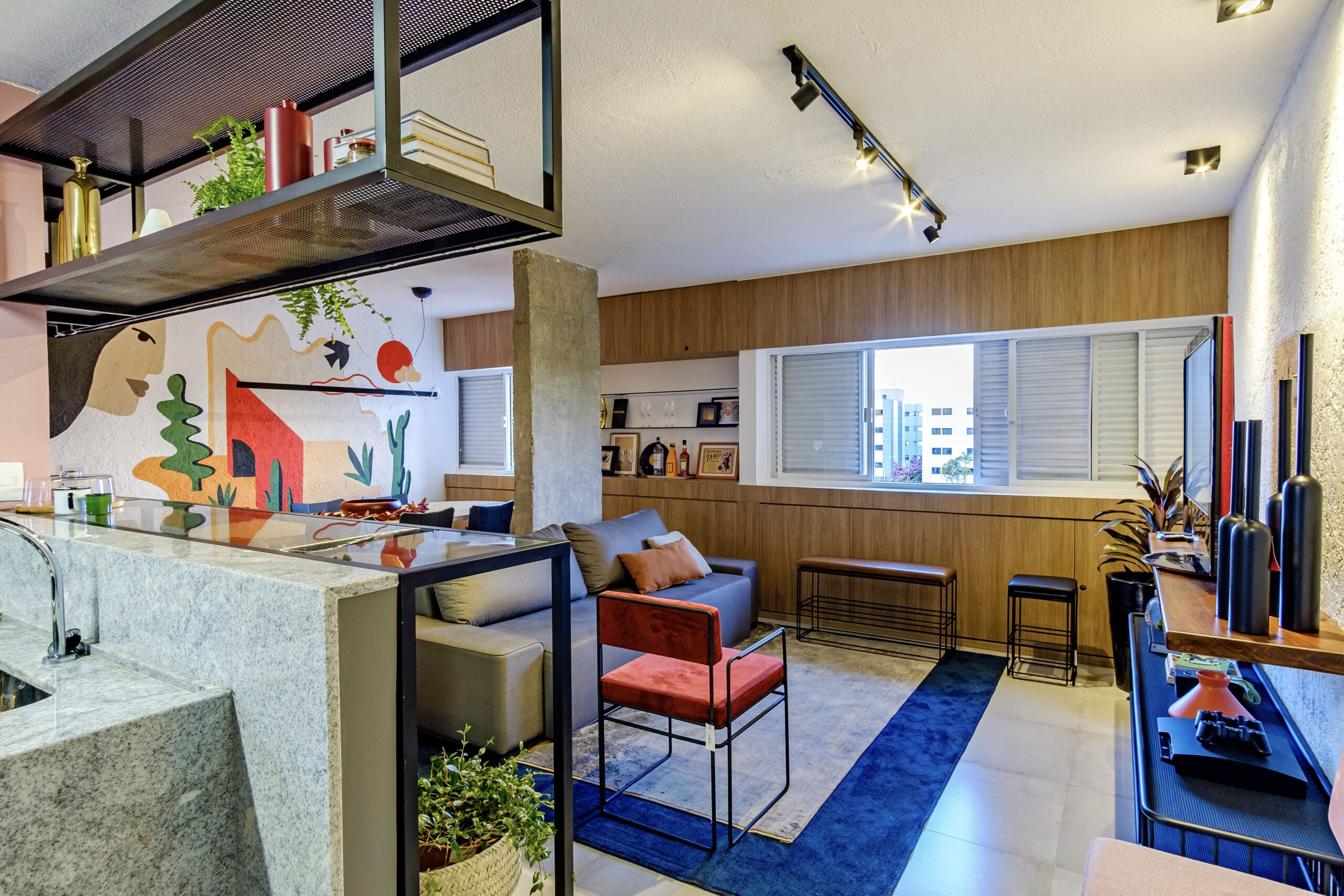

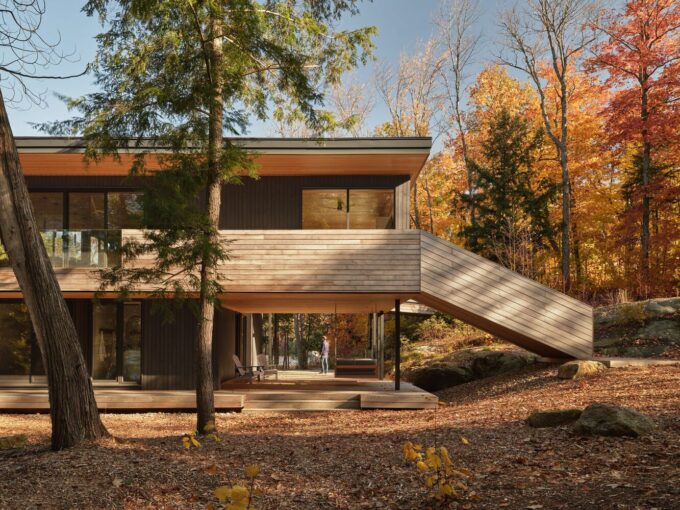



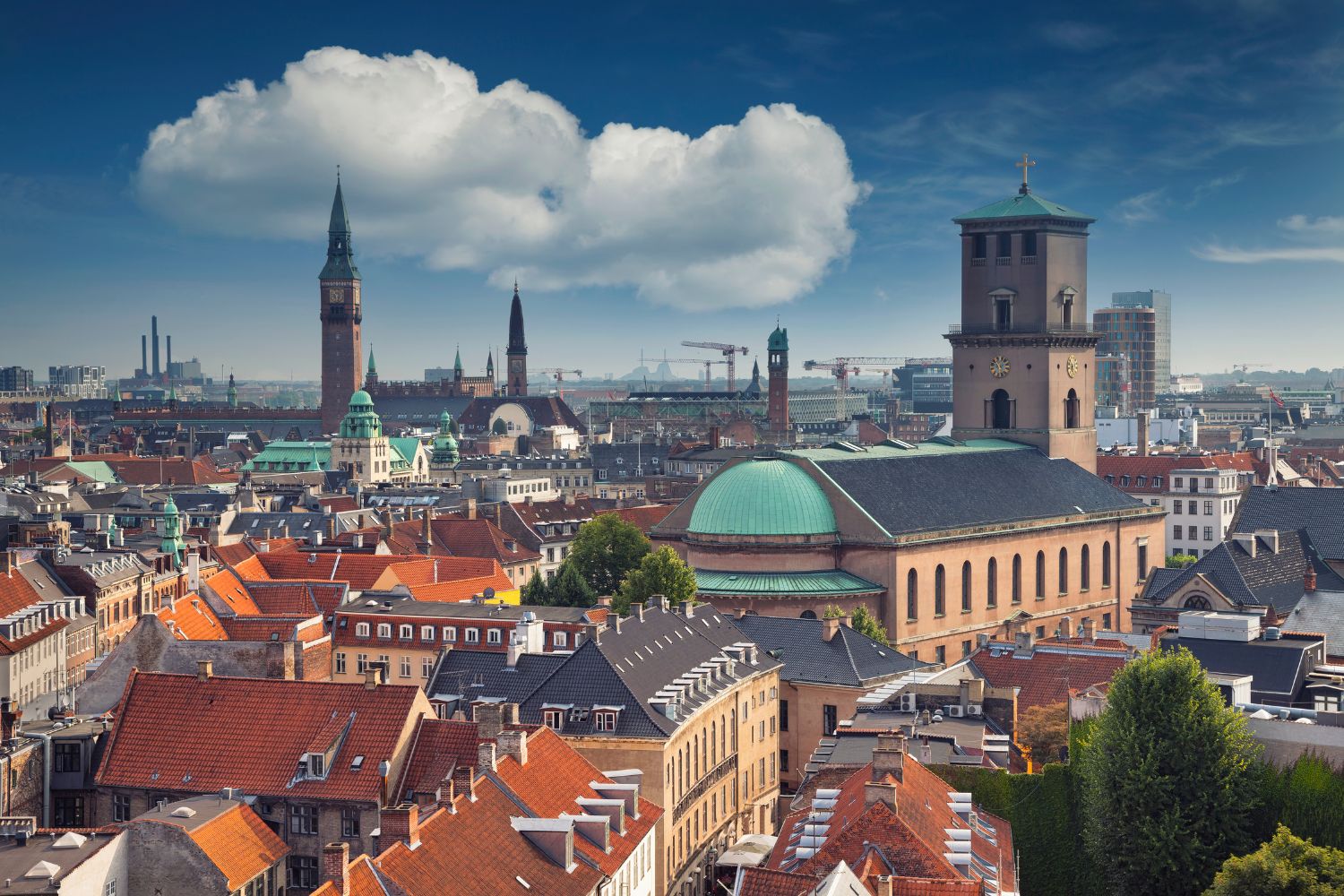

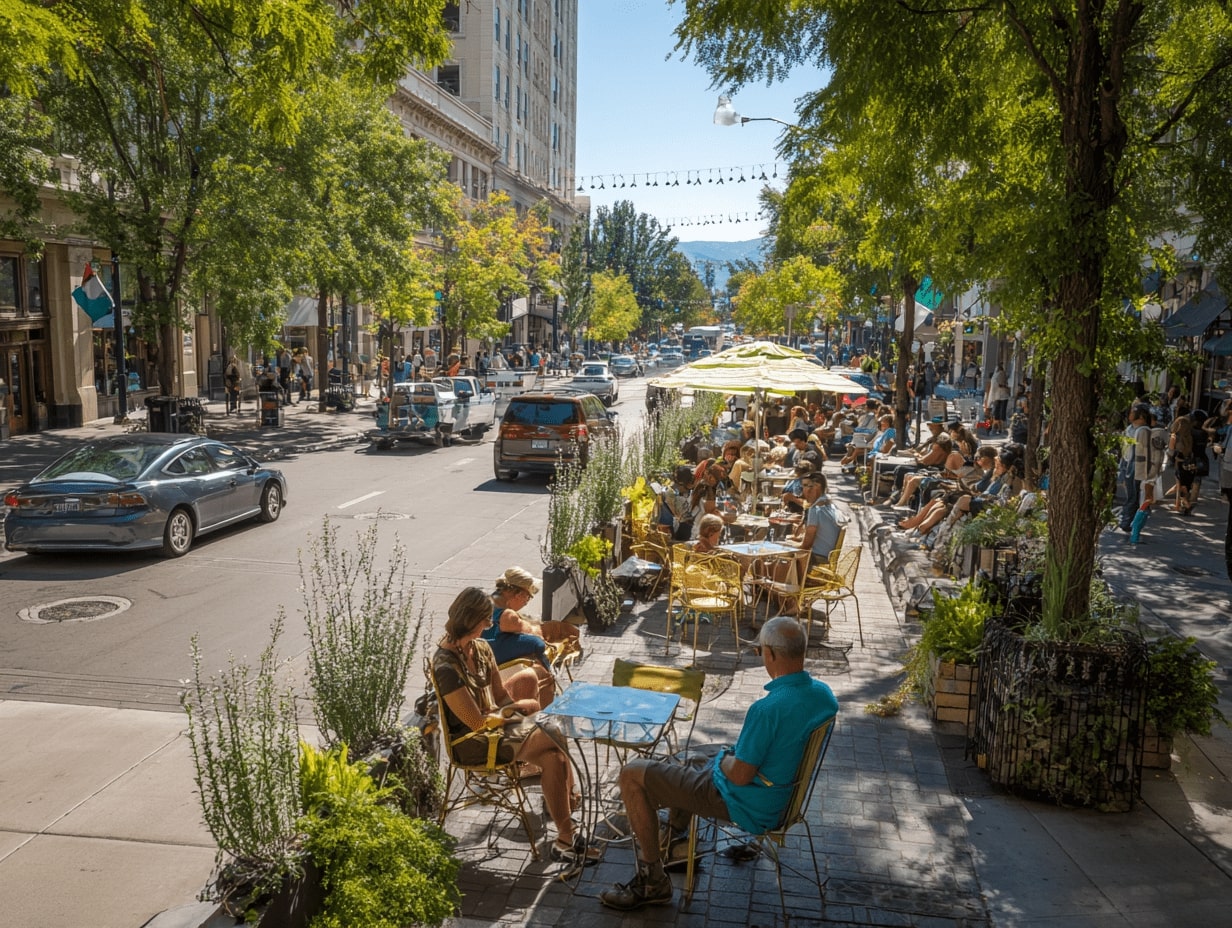
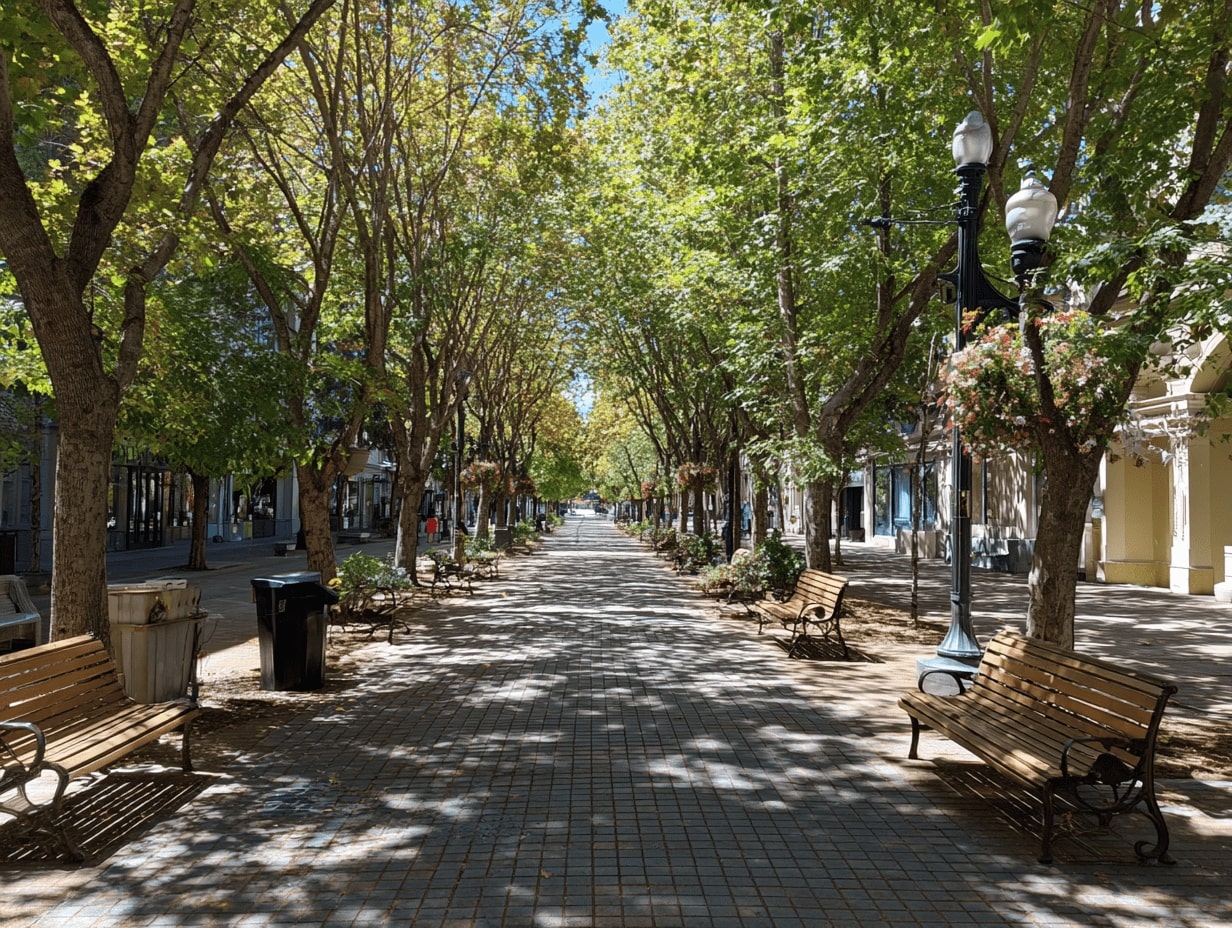
Leave a comment